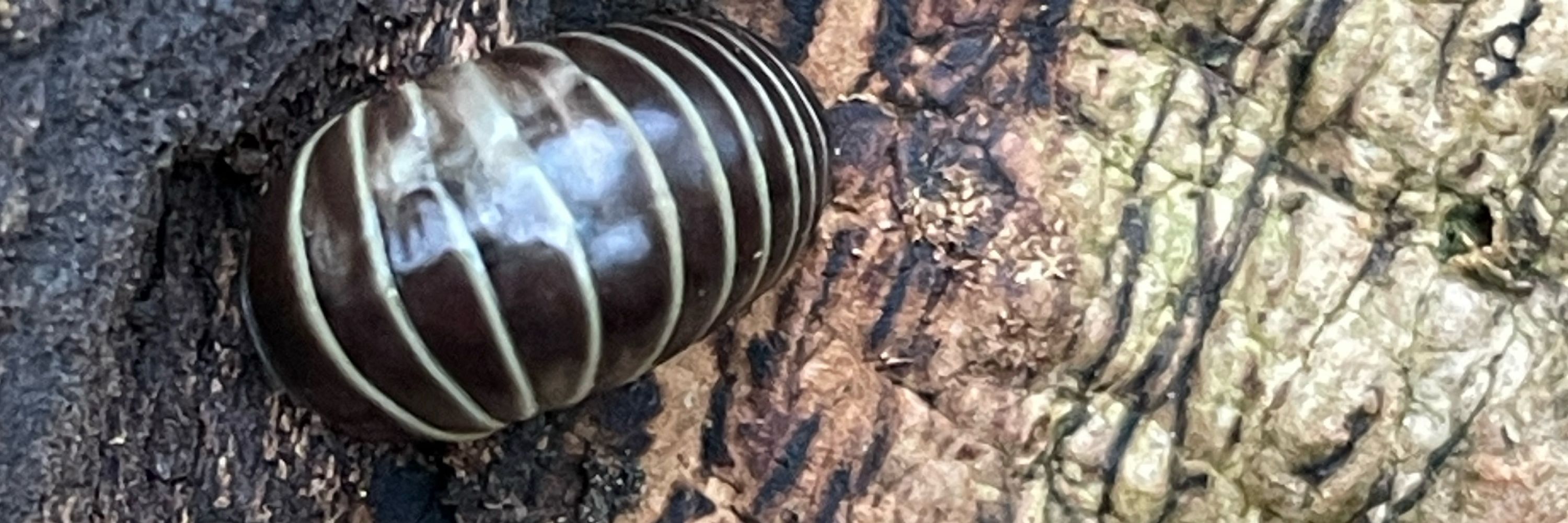
Richard Jones
@bugmanjones.bsky.social
390 followers
180 following
240 posts
I’m very good at finding insects, in fact I’m a professional. Books on shieldbugs, wasps, ants, dung, limericks. Shout ‘weird bug!’ to get my attention.
Posts
Media
Videos
Starter Packs
I’m seriously downsizing my library. I sold a lot at the AES exhibition and fair but have some left overs. Have a look here: bugmanjones.com/2025/10/15/m...

More books for sale
I am seriously down-sizing my library. I managed to clear about 90% of the books I took to the 2025 AES Annual Exhibition. Here are a few left-overs that were not snapped up. Please email me at bug…
bugmanjones.com






















